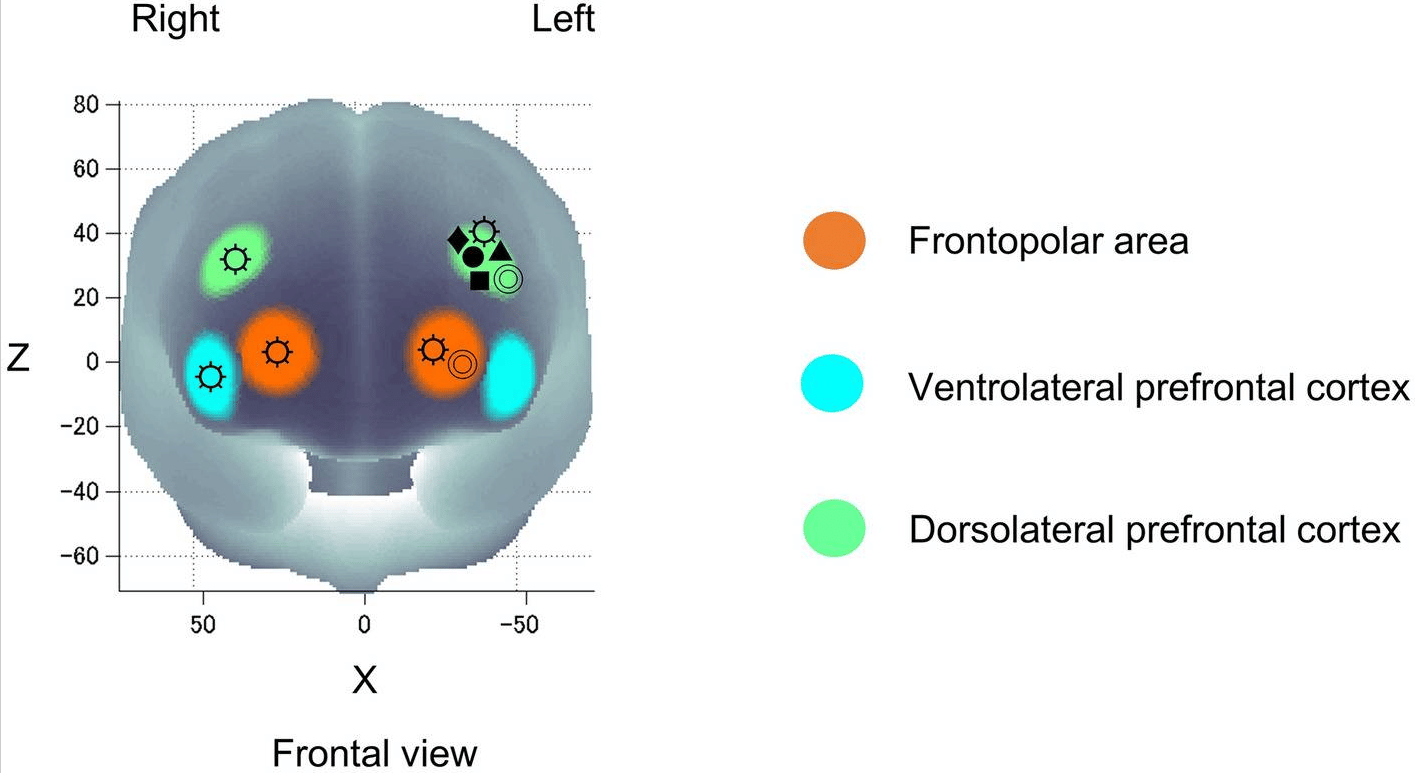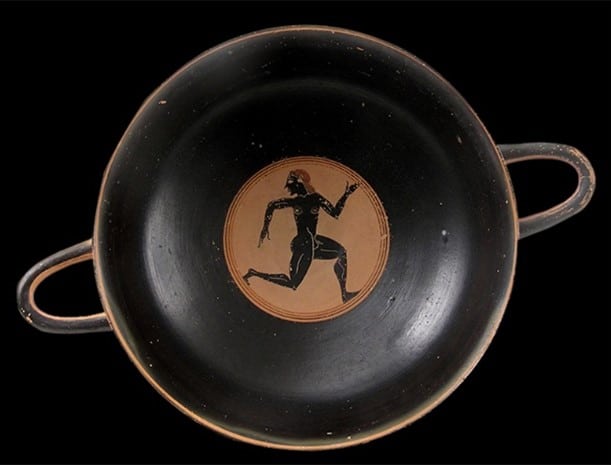At ttopstart, we believe staying fit and balanced is crucial for a healthy body and mind. Therefore, on Sunday September 25, a part of the ttopstart team is going to run the City-Peer-City. In this article we share 3 scientific why’s running is good for you
Introduction
Our bodies are designed to be active and, despite the ever-increasing evidence for its value, people spend very little time doing exercise or even active in daily life. Promotion of exercise is everyone. The World Health Organization wrote a Global Action Plan on Physical Activity 2018-2030, called “More active people for a healthier worlds”, in which they promote the Sustainable Development Goals and argue that “Policy actions on physical activity have multiplicative health, social and economic benefits, and will directly contribute to achieving SDG3 (good health and well-being), as well as other Goals including SDG2 (ending all forms of malnutrition); SDG4 (quality education); SDG5 (gender equality); SDG8 (decent work and economic growth),” etc. So, we know it’s good for us, but how good? What does physical exercise exactly do to our bodies? ttopstart is preparing for our very first 5km Marathon Run on 25 September 2022, so we will focus on running to get you inspired. Here are 3 scientific why’s of the benefits of running, and more to come!
1. Running makes you feel happy
A group of ordinary nonprofessional runners (like you and me) were surveyed by Vedran Markotić and were asked about the psychological aspects of running. Many of them mentioned that they had started running to improve their health, and indeed found mental and emotional benefits, such as relief of tension, improved self-image, and better mood. Markotić concluded that running can be a psychological therapeutic tool (reason 1) for a series of negative psychological conditions, such as depression, anxiety, tension, mood changes, and low self-esteem.
John B Nezlek studied 244 recreational runners were. They maintained online diaries that were filled in once a week for approximately 3 months. It was found that the more days people ran each week and the further they ran each week was positively related to well-being, measured in terms of self-esteem, life satisfaction, self-efficacy, and meaning in life. Increases in running lead to increases in satisfaction with progress, which in turn, lead to increased well-being and more running. These results complement and extend existing research on the psychological benefits of exercise. Running is psychologically good for health, so what happens to the brain exactly?
2. Running stimulates left & right side of the brain
In a study published in Nature November last year, Chorphaka Damrongthai determined the acute effect of a single bout of running at moderate-intensity, the most popular condition, on mood and executive function as well as their neural substrates in the prefrontal cortex (PFC). Twenty-six healthy participants completed both a 10-min running session on a treadmill at 50%. Running resulted in significant increase in pleasure levels as well as Oxy-Hb signals in bilateral PFCs, compared to control. They concluded that an acute moderate intensity running induces positive mood and enhances executive function coinciding with cortical activation in the prefrontal subregions involved in inhibitory control and mood regulation. These results together with previous findings with pedalling imply the specificity of moderate running benefits promoting both cognition and pleasant mood. Both the left and the right side of the brain are thus stimulated, compared with exercises that stimulate only the left side (reason 2).
Exercise elicits prefrontal activation with moderate-intensity running (☼) compared to studies with pedalling exercise: moderate-intensity exercise (Yanagisawa et al., 2010: ●), moderate-intensity exercise (Endo et al., 2013: ■), mild-intensity exercise (Byun et al., 2014: ◎), high-intensity intermittent exercise (Kujach et al., 2018: ♦) and moderate-intensity exercise with music (Suwabe et al., 2021: ▲) (image used with the authors’ permission).
A call for action – In this era when “pandemic” is synonym of “COVID-19”, let’s not forget the pandemic of sedentarism. Are you looking for your running shoes already?

3. Running has positive effects in the “long-run”
A report from Morgan and Costill of 1996 – an oldie but proves the concept – summarizes the health behaviour and psychological characteristics of 15 male marathon runners. They were first tested in 1969 and 1976 and were followed up 20 years later. The age of the participants at the start was 29 years in average, and 50 years at the time of follow-up. These subjects were found to score below the population average on mood states such as tension, depression, anger, fatigue, and confusion along with above average scores on vigour, which were remarkably stable across the past two decades (reason 3). According to the study, these former marathon runners continued to be moderately active. All started running while they attended high school and continued towards training for marathon competition in the college years. 20 years later, the health behaviour studied in this group were uniformly positive, they were physically active, and their physical self-esteem scored above that of other men in their age group. The subjects reported moderate use of alcohol, no insomnia, few physical problems, and good overall mood.
Not all bodily movement is exercise
The concept of the importance of exercise for the improvement of health and fitness is not new.
Hippocrates – the father of medicine –, was able to discover, 25 centuries ago, what our latest scientific findings have confirmed today. He was the first to introduce the revolutionary notion that diseases arise either from “excessive food” or “too much exercise”, and when the two are balanced this leads to good health. In Book 1 of “On Dietetics”, he notes: “Eating healthily by itself will not keep a man well; he must also have physical exercise. It is the nature of exercise to draw on the body’s materials, while it is the nature of food and drink to restore them.” Galen, in “Hygiene” in the years 170–180, arrived at the same conclusion. He stated in “Hygiene” book I: “To me it does not seem that all (bodily) movement is exercise, but only when it is vigorous; but since vigour is relative, the same movement might be exercise for one and not for another. The criterion of vigorousness is alteration of breathing; those movements that do not alter the respiration are not called exercise; but if anybody is obliged by any movement to breathe more or less or faster or more frequent, that movement becomes exercise for him. This is what is commonly called exercise.”

Runner depicted on a black kylix (wine-drinking cup) from Corinth, circa 570-560 BC (National Archaeological Museum, Athens, photo: E. Miari)
A call for action – In this era when “pandemic” is synonym of “COVID-19”, let’s not forget the pandemic of sedentarism. Are you looking for your running shoes already?